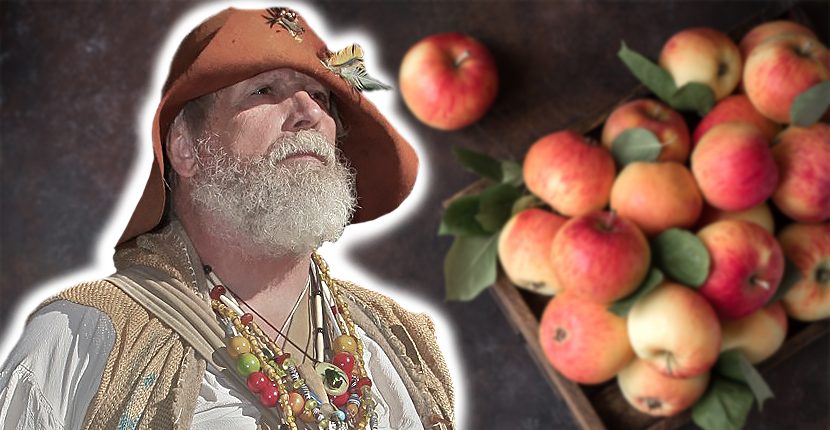Johnny Appleseed is an American folk hero, known as an intrepid outdoorsman who spent his days planting apple trees along the western frontier.
The myths and legends surrounding his life have been exacerbated by popular depictions of him as a jolly farmer, surrounded by rosy apples, singing birds and bucolic countryside.
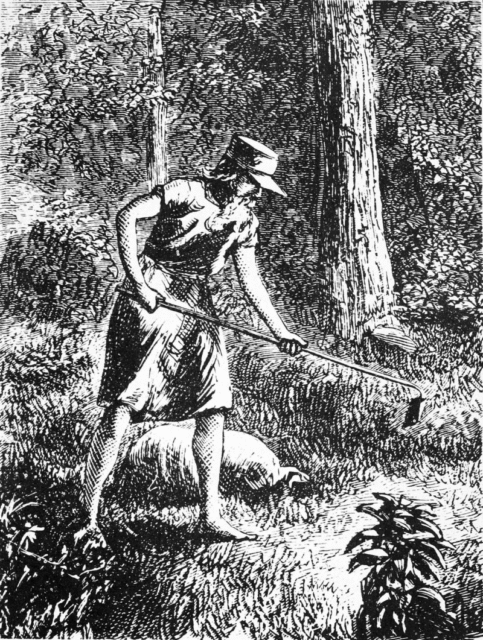
According to Professor William Kerrigan, Johnny Appleseed has come to be regarded as ‘St. Francis of the apples’, wandering along the American frontier, dressed in rags, and a coffee sack, distributing apple seeds and planting trees.
As a follower of the teachings of the Swedish theologian Emanuel Swedenborg, he believed that suffering in this life would lead to happiness in the hereafter, and therefore he is said to have traveled barefoot, as a humble pilgrim, befriending Native American tribes, protecting nature, and cultivating the land.
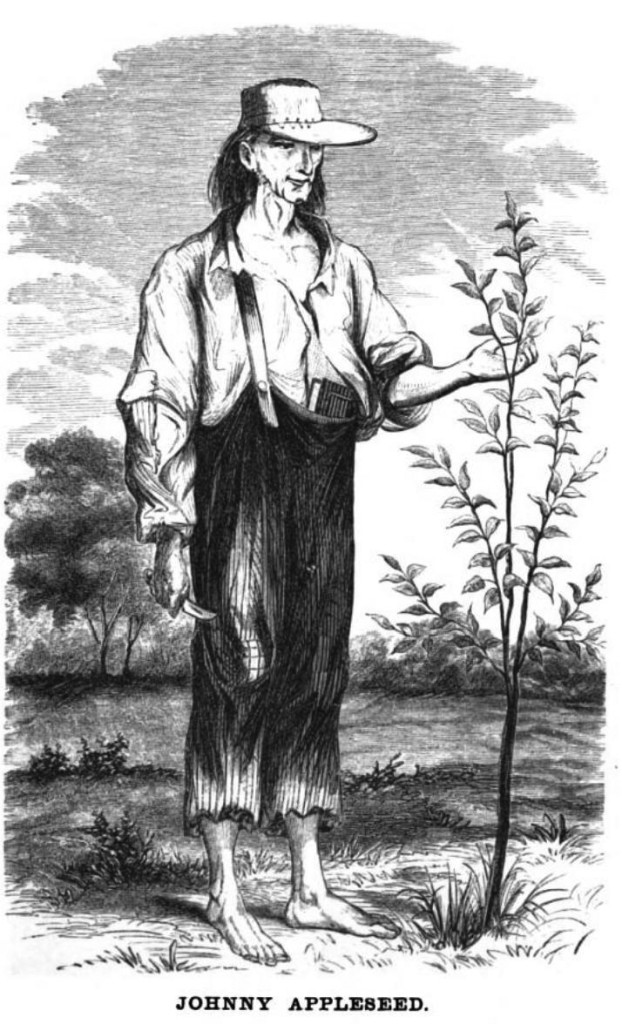
However, this saccharine picture of a harmless proto-hippy belies the true story of Johnny Chapman, an enterprising businessman who fuelled the burgeoning cider industry and paved the way for expansion and settlement into the Midwest.
Kerrigan reports that Chapman did indeed plant apples along the western frontier, but they were primarily used for drinking, not eating. In addition, the construction of this image of benign eccentricity has obscured the role he played in facilitating the displacement and destruction of Native American communities in the Northwest Territory.
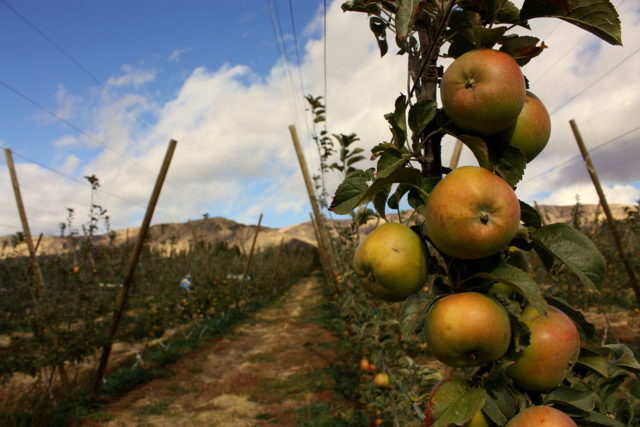
Chapman was born in Leominster, Massachusetts, in 1774. His early years are shrouded in mystery, but we do know that he turned up in Pennsylvania at the turn of the 19th century, at a time when expansion westwards was accelerating significantly. The colonization of the Northwest Territory was in full swing, and many large private companies and investors were buying up land for settlement.
According to The Smithsonian Magazine, in 1792 the Ohio Company of Associates developed a policy to encourage migration to these areas. Potential settlers would be granted 100 acres of land if they permanently settled there, and permanent settlement was defined by the planting of apple and peach trees. This was considered to be evidence of a long-term investment, as apple trees planted from seed tended to take around a decade to bear fruit.
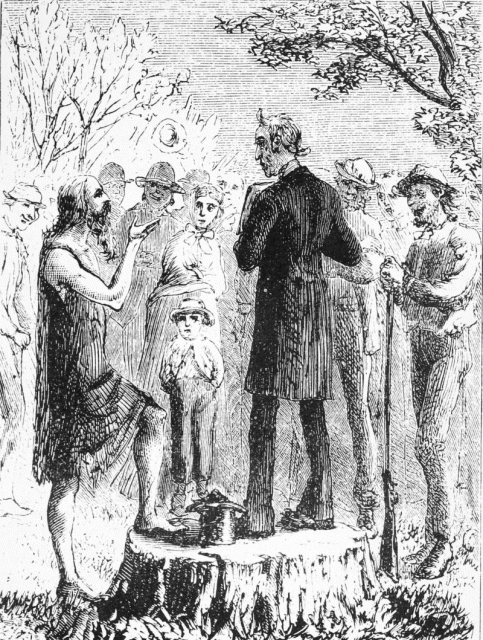
Chapman realized that there was a lucrative opportunity in this new context. If he could travel the frontier planting apple trees, he could successfully hand them over to incoming frontiersmen at a considerable profit. He would undertake the difficult work of raising the orchards, and sell them on later.
His religious beliefs prohibited him from using grafting techniques to cultivate apples, so he decided to plant his orchards in carefully constructed nurseries, from seed. However, planting apples from seed is an unreliable, unpredictable business, and the yield rarely produces apples suitable for eating. Rather, the apples that Chapman planted would have been unbearably sour, even if taken from the seed of a sweet eating apple.
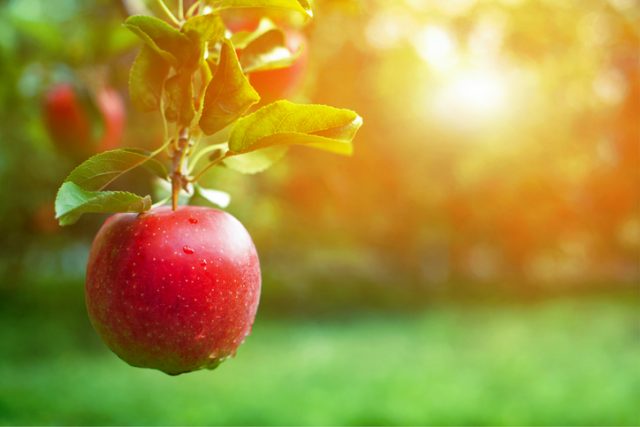
As a result, Chapman’s apple trees were used to produce cider. In this period, water was generally considered unsuitable for drinking, as it could not be sterilized, and so the majority of people quenched their thirst with weak ale or other alcoholic beverages.
Apple cider became the beverage of choice along the American frontier, and was drunk by men, women and children alike. Author Howard Means even describes frontier life in this period as being lived “through an alcoholic haze”, according to The Smithsonian Magazine, due to the vast quantities of strong cider that were consumed.
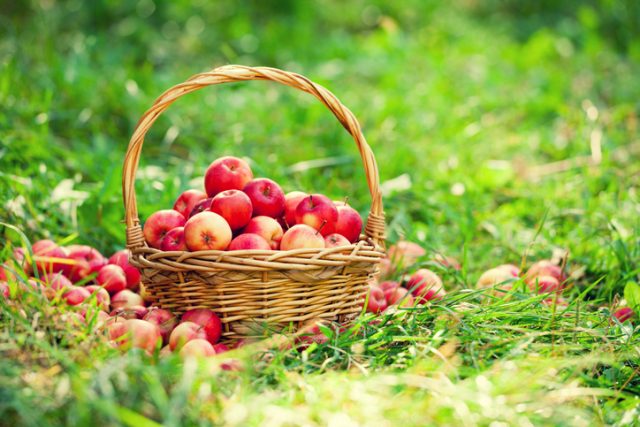
Chapman died in 1845, an extremely rich man, leaving over 1200 acres of nurseries to his sister. To the end, he deprived himself of material comforts, and continued to proselytize for the New Church of the Swedenborgians throughout his life.
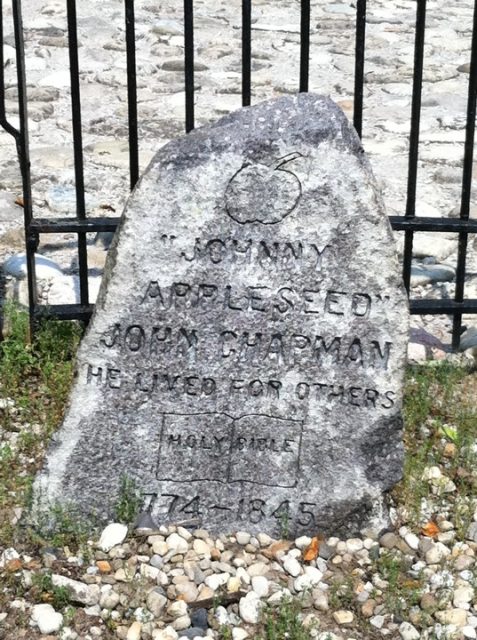
However, during prohibition, the majority of the orchards that he had planted were ripped up by the authorities, due to their role in fuelling the production of cider.
Nevertheless, his development of new American apple strains has left a legacy to this day, producing popular, hardy types of apples that continue to enjoy popularity across the United States.
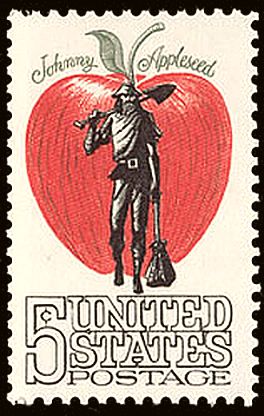
Johnny Appleseed has emerged as an emblematic image of mythologized frontier life. His kindness, strong religious faith and enterprising spirit appear to embody the American dream, and it is no wonder that he has become known as a folk hero in the national origin story.
However, as Kerrigan notes, the real story of Johnny Chapman is far more complex and ambiguous. The myth serves to obscure the brutality and hardship of frontier life, and the price paid by Native communities for American expansion into the Midwest.
